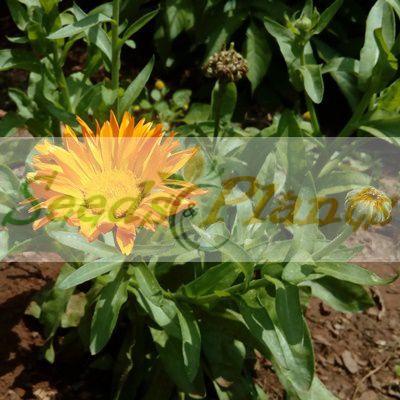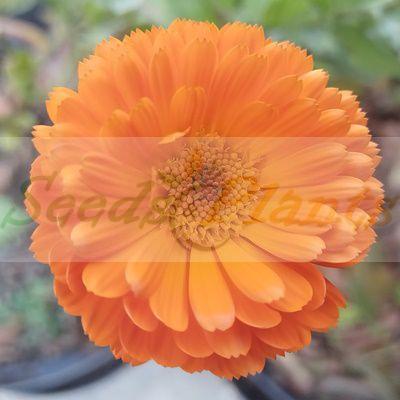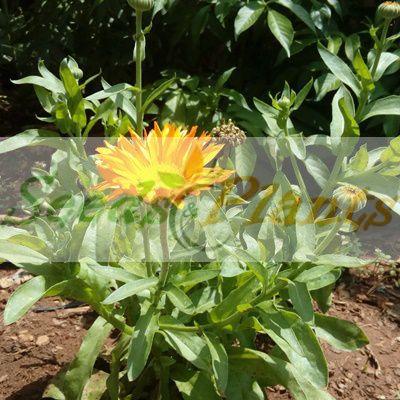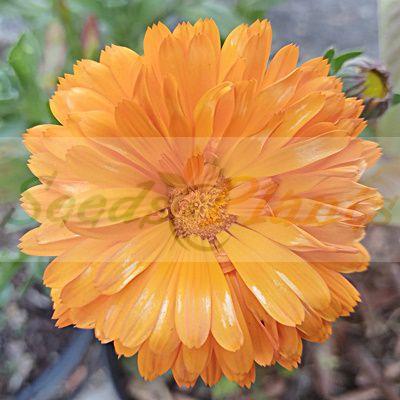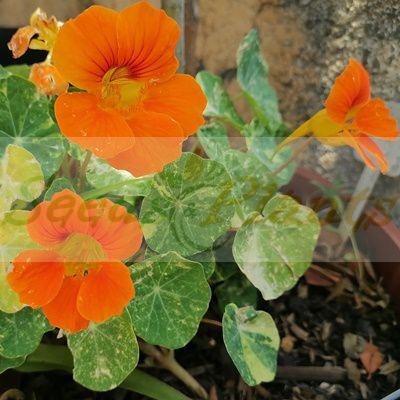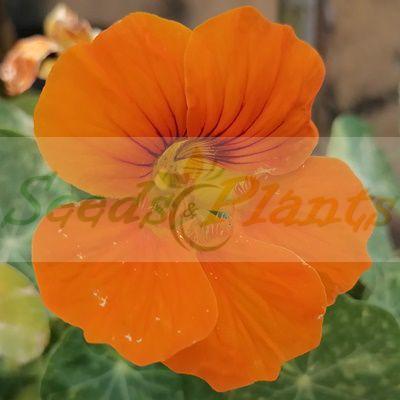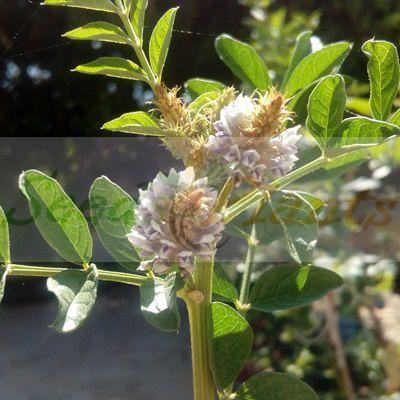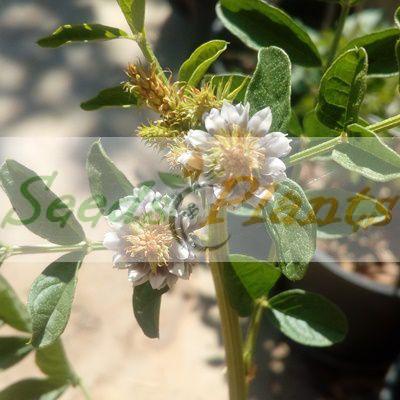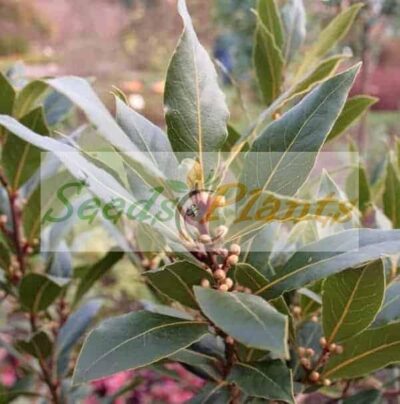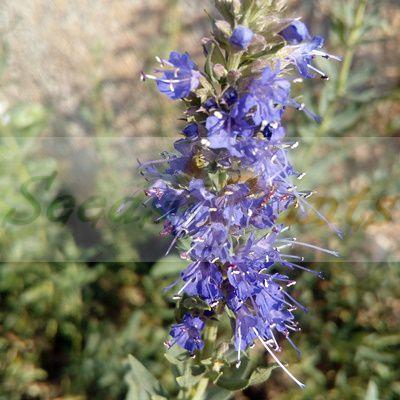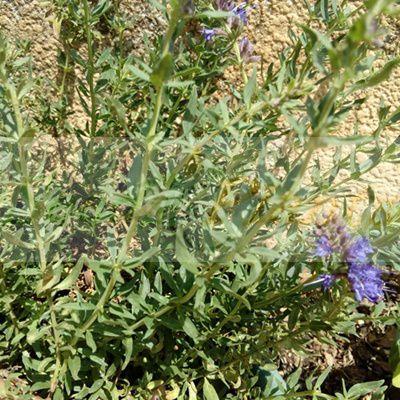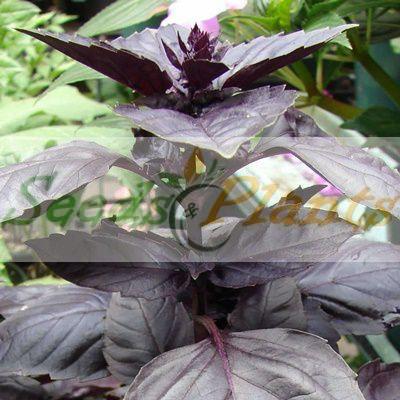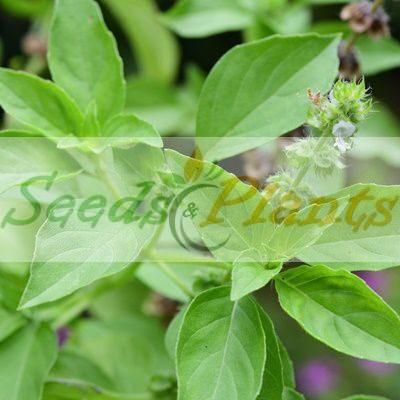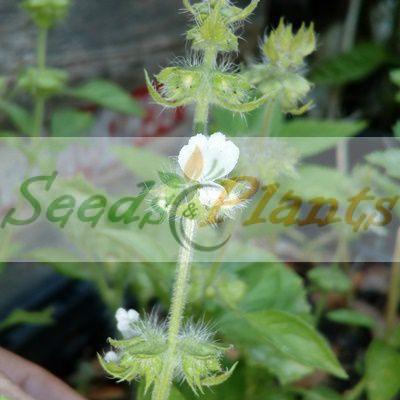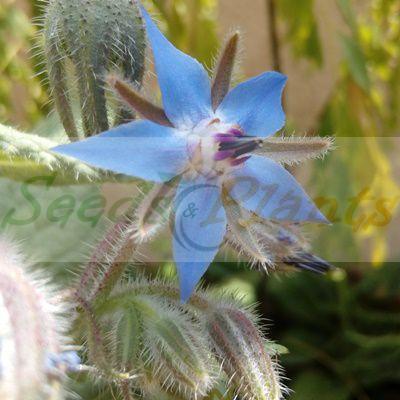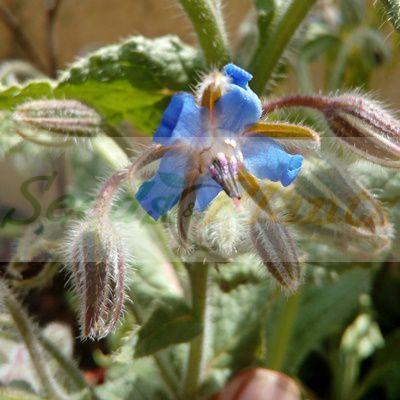🌿 Herbal Quick Facts
Medicinal Info
- 🌍 Origin / Region: Mediterranean
- 🌿 Medicinal Part: Flower, Leaf, Stem
- 🍵 Herbal Preparation: Extract / Tincture, Infused Oil, Infusion / Tea, Ointments/Creams, Poultice, Powder
- ⚕️ Healing System: European Traditional Medicine
Culinary Info
- 🍽️ Culinary Use: Baking, Beverages/Teas, Coloring, Flavoring, Garnish, Salads, Savory dishes
- 😋 Flavor Profile: Peppery
Growth Traits
- 🌱 Life Cycle: Annual
- 🦋 Pollinator Method: Attracts Bees, Attracts Butterflies, Attracts Fireflies, Attracts Hoverflies, Attracts Hummingbirds
- 🪴 Growth Habit: Bushy, Upright
- 🌸 Flower Color: Orange
Growing Requirements
- 🌞 Sun Exposure: Full Sun
- 💧 Water Needs: Avoid Overwatering, Moderate Water
- ☀️ Growing Conditions: Cold Tolerant, Cool Weather, Frost Tolerant, Moderately Drought Tolerant, Not Heat Tolerant
- 🟤 Soil Preference: Compost Enriched, Tolerant of most soils, Well-Drained
Calendula – 50 Seeds
(Calendula officinalis)
R30.00
The florets are edible. They are often used to add color to salads or added to dishes as a garnish and in lieu of saffron.
Common Names: Pot marigold, ruddles, common marigold and Scotch marigold.
Indoor Sowing: Early Spring.
Direct Sowing: Autumn
In stock
🌿 Herbal Quick Facts
Medicinal Info
- 🌍 Origin / Region: Mediterranean
- 🌿 Medicinal Part: Flower, Leaf, Stem
- 🍵 Herbal Preparation: Extract / Tincture, Infused Oil, Infusion / Tea, Ointments/Creams, Poultice, Powder
- ⚕️ Healing System: European Traditional Medicine
Culinary Info
- 🍽️ Culinary Use: Baking, Beverages/Teas, Coloring, Flavoring, Garnish, Salads, Savory dishes
- 😋 Flavor Profile: Peppery
Growth Traits
- 🌱 Life Cycle: Annual
- 🦋 Pollinator Method: Attracts Bees, Attracts Butterflies, Attracts Fireflies, Attracts Hoverflies, Attracts Hummingbirds
- 🪴 Growth Habit: Bushy, Upright
- 🌸 Flower Color: Orange
Growing Requirements
- 🌞 Sun Exposure: Full Sun
- 💧 Water Needs: Avoid Overwatering, Moderate Water
- ☀️ Growing Conditions: Cold Tolerant, Cool Weather, Frost Tolerant, Moderately Drought Tolerant, Not Heat Tolerant
- 🟤 Soil Preference: Compost Enriched, Tolerant of most soils, Well-Drained
Calendula officinalis, also known as pot marigold, ruddles, common marigold or Scotch marigold, is a plant in the genus Calendula of the family Asteraceae.
Calendula officinalis is a short-lived aromatic herbaceous perennial in colder climates. In South Africa it is grown as an annual. It can grow to a height of about 80 cm. Calendulas are considered by many gardening experts as among the easiest and most versatile flowers to grow in a garden, especially because they tolerate most soils. Pot marigolds typically bloom quickly from seed in under two months, in bright yellows, golds, and oranges.
Calendula Culinary Uses
Pot marigold florets are edible. They are often used to add color to salads or added to dishes as a garnish and in lieu of saffron. The leaves are edible but are often not palatable. They have a history of use as a potherb and in salads.
Calendula Medicinal Benefits & other Uses
Flowers were used in ancient Greek, Roman, Middle Eastern, and Indian cultures as a medicinal herb, as well as a dye for fabrics, foods, and cosmetics. Many of these uses persist today. They are also used to make oil that protects the skin.
Marigold leaves can also be made into a poultice that helps scratches and shallow cuts to heal faster, and can help prevent infection.
Growing Calendula from Seed
Indoor Sowing: Early Spring.
Direct Sowing: Autumn
- Sow Calendula seeds by spreading them over the soil surface.
- Gently press the seeds into the ground or cover them with a thin layer of soil.
- The seeds need some light to germinate, so don’t bury them too deeply.
- Keep the soil moist, but not waterlogged, as the seeds can rot in overly wet conditions.
- Ideal germination temperature is between 21-24°C.
Can this plant be used for culinary purposes?
Calendula is traditionally used for culinary purposes such as baking and beverages/teas.
Does this plant have medicinal uses?
Traditionally, Calendula has a history of use in European Traditional Medicine. Seeds are sold for cultivation purposes only.
Disclaimer
Medicinal Information:
All medicinal information on this website is for educational and informational purposes only and may not be construed as medical advice. The information is not intended to replace medical advice or treatment offered by healthcare professionals.
Seeds, Plants, Plant Cuttings, Geophytes and Dried Herbs:
In some countries and provinces, certain plants are deemed as invasive and are not allowed to be planted at all, whilst some plants are allowed to be grown only in certain areas or provinces. The onus is on you as the buyer to familiarize yourself with the regulations pertaining to your location, before purchasing any of our seeds, plants, plant cuttings, geophytes or dried herbs. We will not be held liable, should you purchase any seeds, plants, plant cuttings, geophytes or dried herbs. from us which are prohibited in your country or province.




